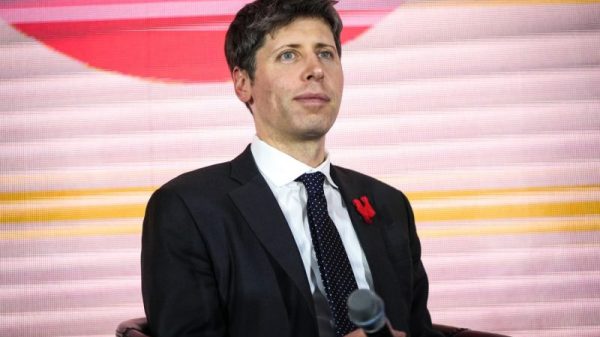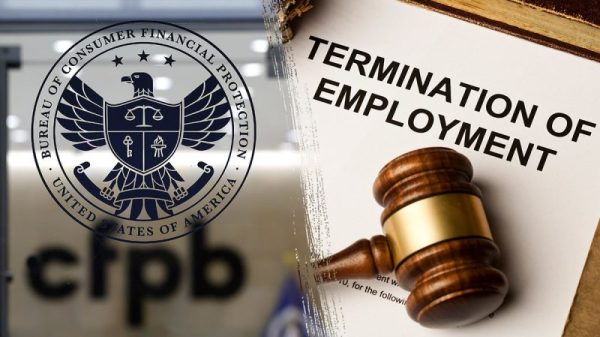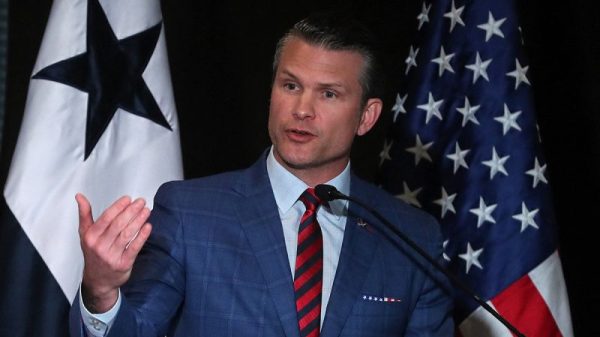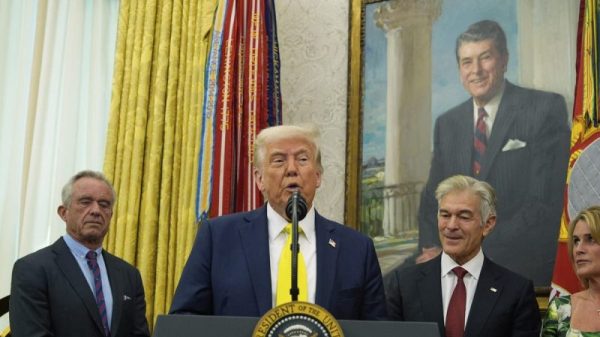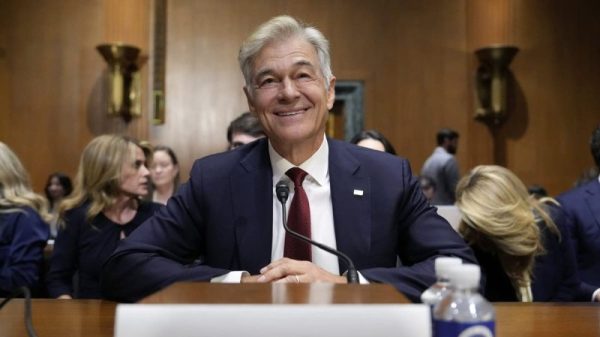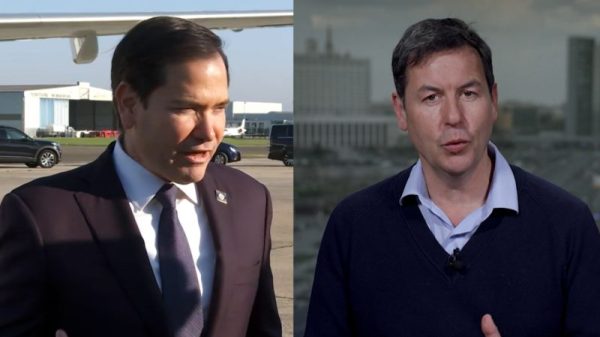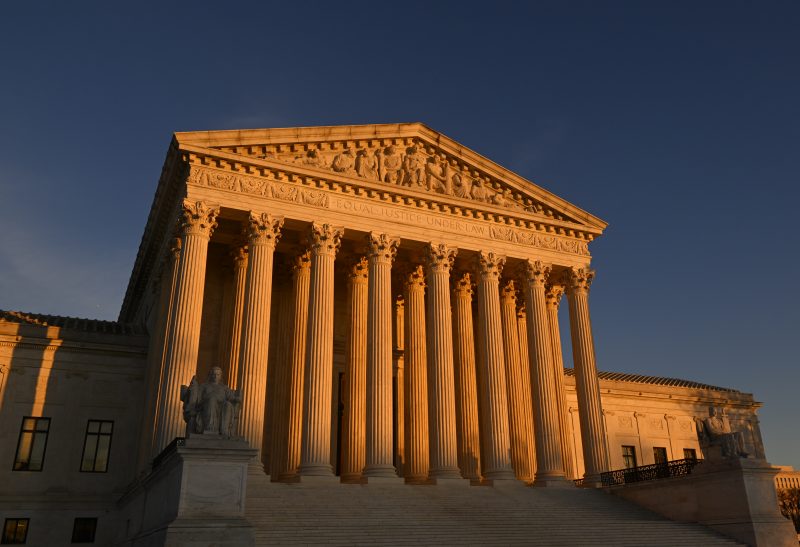The Supreme Court on Wednesday said that it will review the Biden administration’s plan to limit smog-forming pollutants from power plants and other industrial facilities that cause problems for their downwind neighbors in other states.
Several states had asked the high court to put the plan on hold while legal battles continue. After weeks of consideration, the justices said they will instead consider the reasonableness of the Environmental Protection Agency regulations and the agency’s disapproval of state plans. Arguments will be held in the two-week period that begins Feb. 20.
The EPA’s effort to impose stricter limits in 23 states whose plans the agency deemed insufficient has had a rough go in lower courts. Twelve states have won orders delaying the EPA action.
Still, the administration told the Supreme Court that there was no reason to put the whole program on hold while the legal battles continue.
“Staying the [program’s] implementation would significantly harm the public interest,” Solicitor General Elizabeth B. Prelogar told the court. “It would delay efforts to control pollution that contributes to unhealthy air in downwind states, which is contrary to Congress’s express directive that sources in upwind states must assume responsibility for their contributions to emissions levels in downwind states.”
Ohio, Indiana and West Virginia told the Supreme Court that the EPA was stubbornly resisting reality.
“The plan is already a failure,” said their request to the justices, which was joined by power plants and other industrial sites. “Given judicial stays and interim rulemaking, the federal plan — published only a few months ago — now applies to less than half of the States, and less than 25% of the emissions, that the EPA intended to cover.”
The EPA’s move to cut pollution from power plants, factories and other sources targeted 23 states in the West and the Midwest that have histories of releasing pollution that drifts across state lines, affecting millions of people in Eastern states. Many of these downwind states have argued for years that they cannot meet federal air quality standards without the federal government’s help in cutting smog and soot that originates elsewhere.
But the updated air pollution regulation, known as the “good neighbor” rule, was controversial. Its tighter pollution limits meant that coal and natural gas power plants would have to clean up their emissions, most likely by installing new and potentially expensive technology. Other industrial facilities, including factories, cement plants, steel mills and solid waste incinerators, would be required to put similar controls in place.
The regulations are designed to cut emissions of nitrogen dioxide from upwind states by roughly 70,000 tons by summer 2026, which EPA officials estimate could prevent as many as 1,300 premature deaths and reduce hospital and emergency room visits.
Leaders in states that benefit economically from coal-burning power plants and other heavy industry warned that the regulations would impose significant costs on businesses.
In a legal document, Ohio’s EPA said the emissions reductions “are potentially unachievable” and could threaten the security of the state’s power grid. Ohio has five coal-fired power plants, and it expects to lose two of them by 2028, the state agency said, adding that the cost of complying with the new pollution standard could threaten those that remain.
Any further reductions “risk Ohio’s having insufficient electric generating capacity to meet electrical demand,” said Robert Hodanbosi, chief of the state’s division of air pollution control.
Environmental Defense Fund general counsel Vickie Patton opposed a stay that could significantly delay the new regulation’s promised health benefits. Power plants that already have pollution controls on their smokestacks might not use them this summer, when the tighter rules would otherwise have applied. And plants that would need to buy new equipment to reduce their emissions might delay those purchases, she said.
“This is one of the single most important things we can do as a country to protect millions of people who live downwind from smokestack pollution,” Patton said. “And these are just common-sense modern pollution controls that are widely available and utilized in the power sector.”
The states said the plan’s troubles were “both foreseeable and inevitable. Most glaringly, the EPA’s rulemaking ignored obvious problems with its attempt to twist the Clean Air Act into a system of top-down regulation instead of the system of cooperative federalism that Congress intended.”
It noted that in a single day, the administration junked the efforts of 19 states to implement their own pollution-reduction plans.
“At this point, every circuit to have considered staying a state-plan disapproval — seven in total — has granted a stay,” wrote Ohio Attorney General Dave Yost (R).
But Prelogar said those court actions are separate from a challenge of the EPA’s rulemaking, and there was no reason for the Supreme Court to stop that at this time.
“Many of the [program’s] challenged aspects do not alter applicants’ obligations until 2026,” Prelogar wrote. “EPA’s analysis indicates that near-term capital expenditures to achieve compliance need not be extensive and will not endanger natural-gas supply or power-grid operations.”










